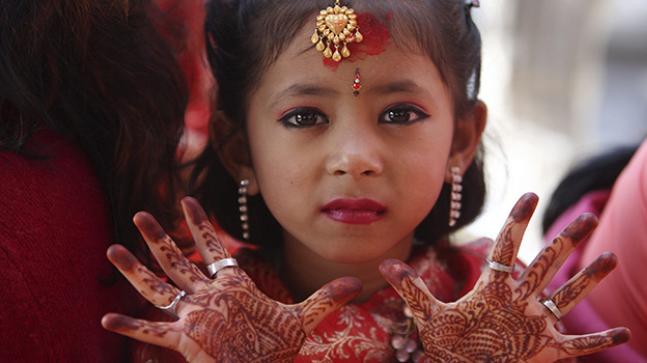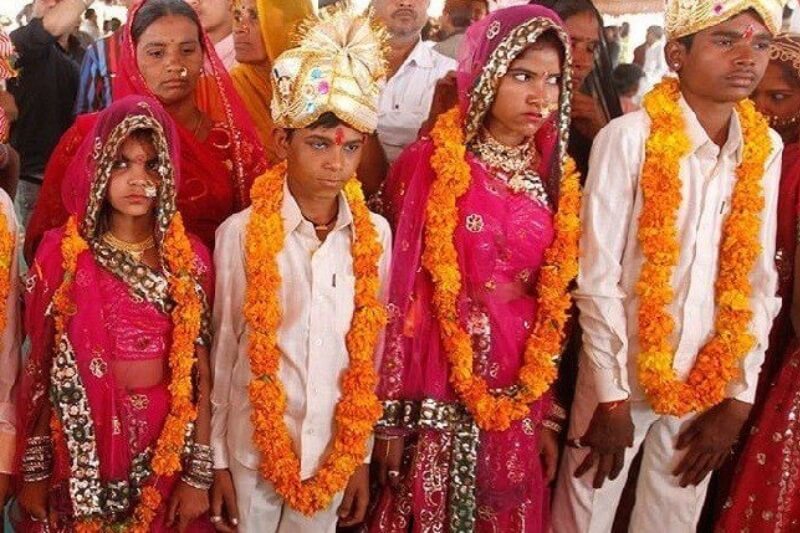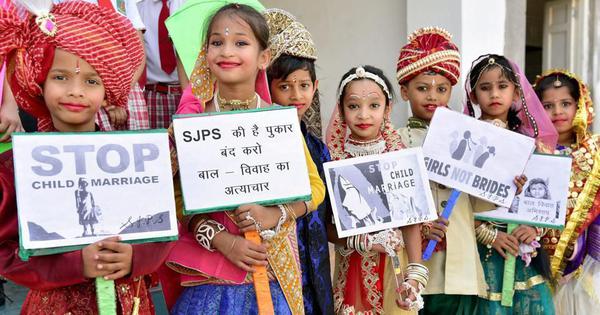Impact of Covid has led to a Surge of Child Marriages; particularly in Rural Areas.
By Devanshi Thakkar

The year 2020 has affected people worldwide with widespread job losses and economic hardships.
Particularly in rural areas, with the surge of covid, there is an epidemic of child marriages.
Yes, you read that, right! We might not have heard about child marriages for a long time, but now the chain has started again.
The reason behind it is, desperate parents, suffering from the socio-economic impact of the outbreak, are trying to get rid of “the extra mouth to feed, clothe and educate.” Predictably, the girl child is tradeable.
Coronavirus resulting in widespread job losses and economic hardships,
particularly in rural areas, there is an epidemic of child marriages in the country as well.
In October 2020, the Karnataka Police saved a 14-year-old from a similar fate in Ballari district. Acting on a tip-off, the police raided the marriage hall, where the wedding was taking place, and arrested eight people under the Prohibition of Child Marriage Act, 2006. These are not isolated cases or an aberration, though the legal age for the marriage of women in India is 18 years.
Incidentally, India is not alone. Around the world, research shows that a whopping 2.5 million more underage girls could be pushed into marriage in the next five years because of the difficult socio-economic conditions created by the pandemic.
These are worrying statistics because there are already a whopping 17.26 million married children and adolescents within the age group of 10-19 years (seven per cent of the population in the same age group) in India.
Closer home, the Union Ministry of Women and Child Development reported 5,584 cases of child marriage between March and June this year.
Trends show that while child marriage affects both girls and boys, its impact on the health, education and human rights of girls, especially from marginalised communities, is higher.
In mid-October, Prime Minister Narendra Modi said the Government would soon decide on this issue.

At its heart, child marriage is rooted in gender inequality and the belief that girls and women are somehow inferior to boys and men.
Child marriage is a complex issue. Poverty, lack of education, cultural practices, and insecurity fuel and sustain the way.
In many communities where child marriage is practised, girls are not valued as much as boys – they are seen as a burden on their family. Marrying your daughter at a young age can be viewed as a way to ease economic hardship by transferring this ‘burden’ to her husband’s family.
Even when they do send a girl child to school, her education is the first casualty if things get difficult financially. So, till we consider the education of a girl child a dispensable privilege and not a guaranteed right and deprive them of the opportunity to pursue higher education and hence the hope of a paying career, this malaise will not stop.
Child marriage is also driven by patriarchal values and the desire to control female sexuality, for instance, how a girl should behave, how she should dress, who she should be allowed to see, to marry, etc.
Families closely guard their daughters’ sexuality and virginity to protect family honour. Girls who have relationships or become pregnant outside of marriage are shamed for bringing dishonour on their family.
So to have to protect her “izzat (honour).” they do so!

Till we learn to work together as a society, and in the spirit of “each one, teach one,” we cannot break this vicious cycle of intergenerational deprivation, malnutrition, poverty and lack of fundamental human rights. Otherwise, girls in the countryside will not be seen as anything more than future brides, a liability rather than an asset.
